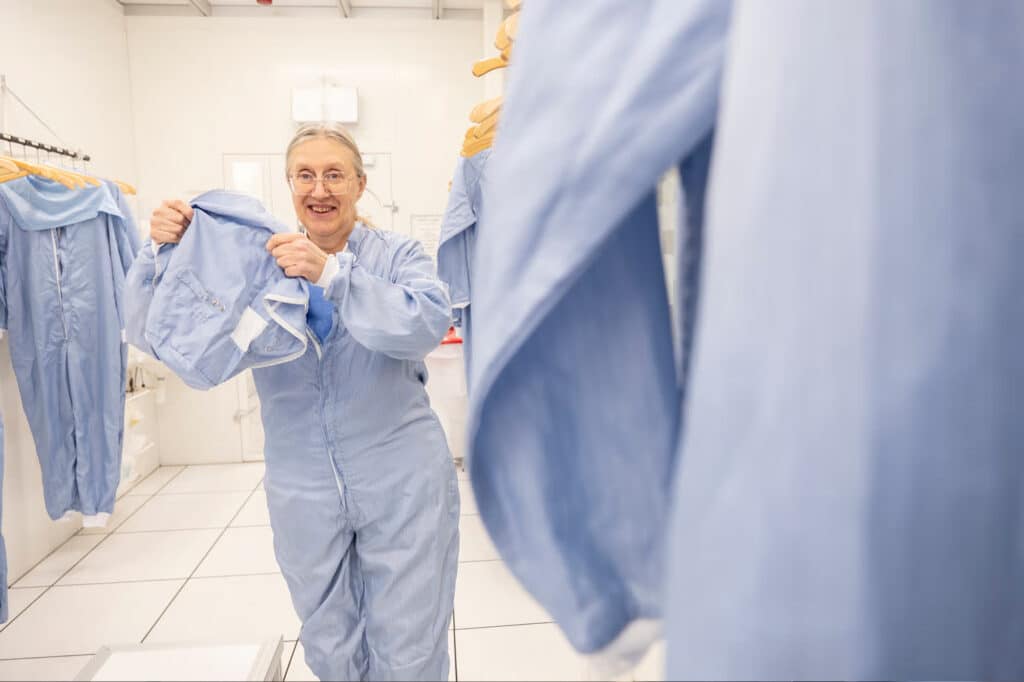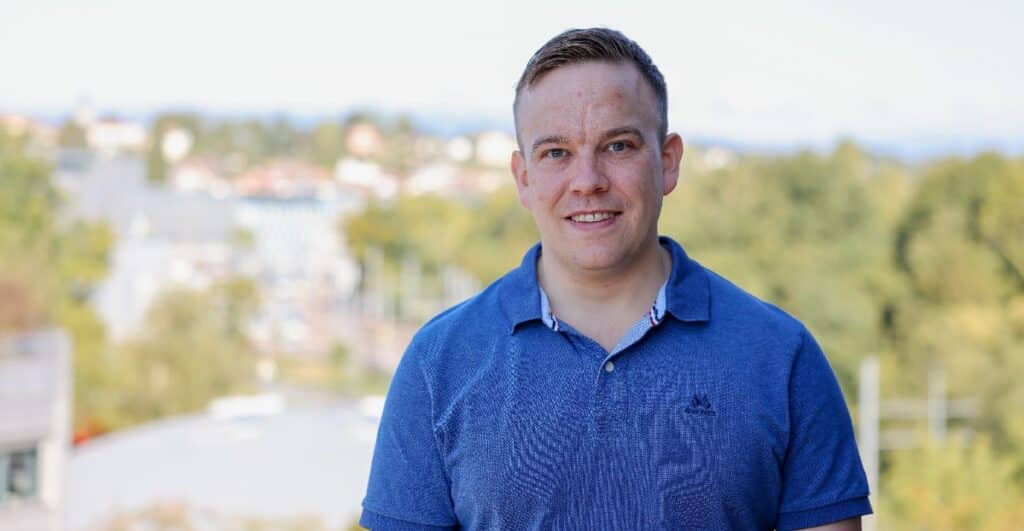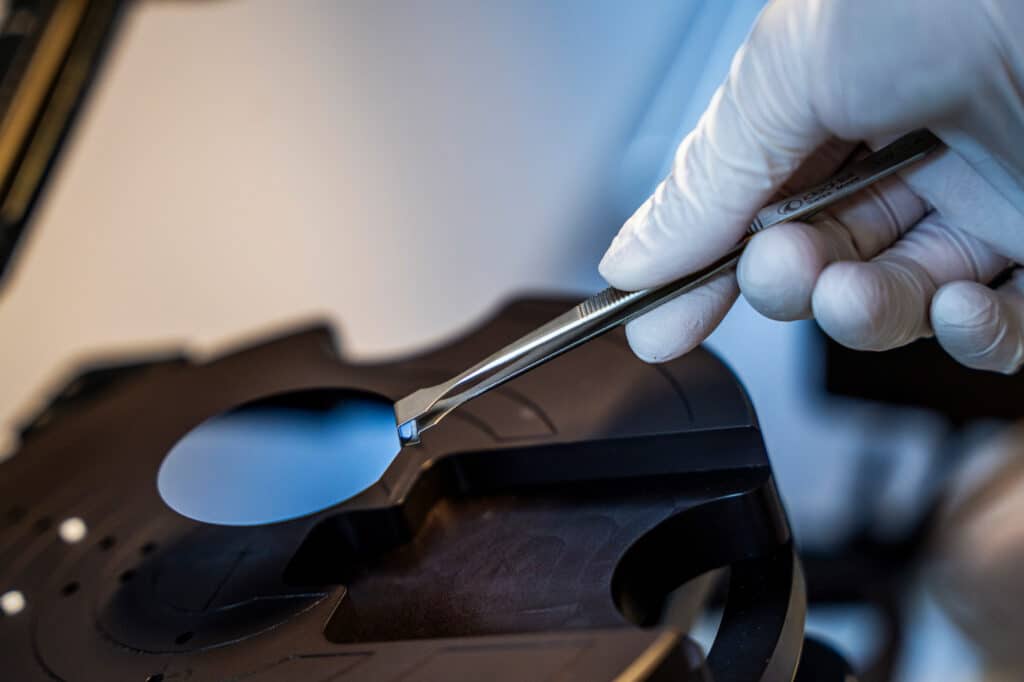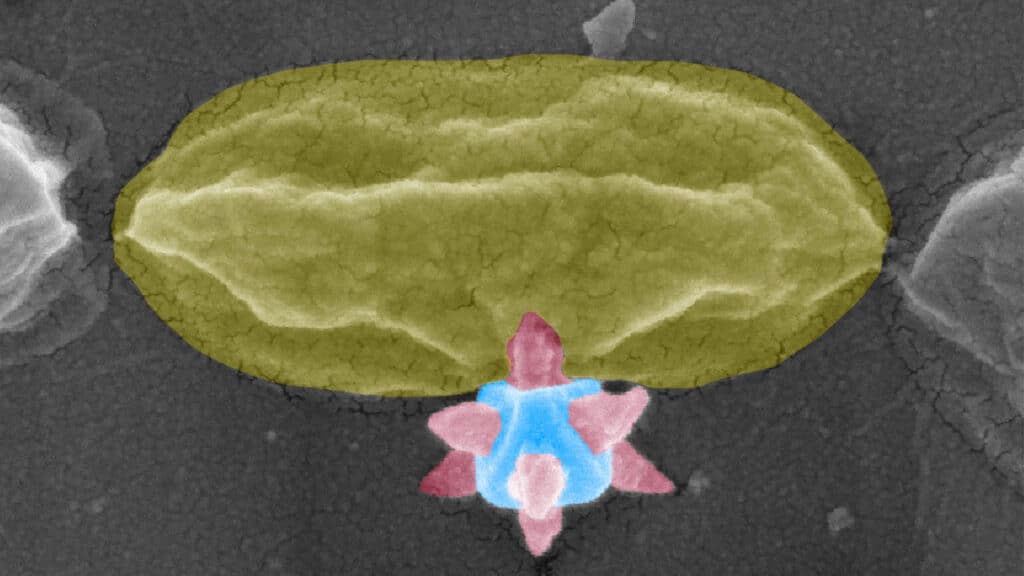Researchers at Chalmers University of Technology have discovered a way to observe a quantum force – the Casimir force – in real-time under the microscope by using a simple setup of miniscule gold flakes in a salty aqueous solution. Additionally, beautiful colours emerge from the resonances created between the aligned gold flakes, and the researchers can control the colours simply by adding or removing salt.
The researchers have continued building on their breakthrough of 2021, which was presented in Nature, when they discovered that micron-sized gold flakes can magically attract out of seemingly nothing in a salt and water solution at room temperature. This happens because of the so-called Casimir force, a faint quantum force that makes objects attract, in combination with the electrostatic force from the electrical charges on the surface of the flakes.
Their new findings are presented in an article recently published in Science Advances. They have now tested larger gold flakes, ranging between 4 to 10 microns, and found that the force works with larger gold flakes than their previous experiments showed. Research group leader Timur Shegai, Professor at the Department of Physics at Chalmers, points out that it was unexpected for him that the gold flakes of the size of up to ten microns, can be trapped and aligned by Casimir interaction with a precision of a few nanometers.





